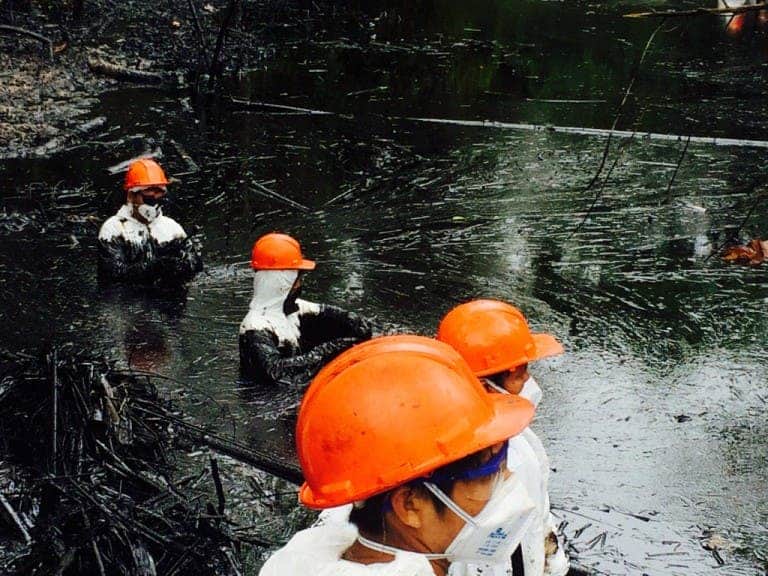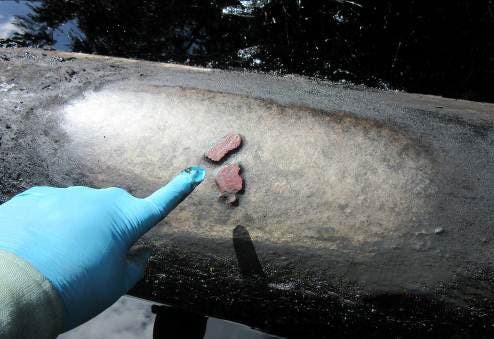Two major oil spills in the course of only one month are threatening Amazonian wildlife and local communities. Peru’s General Directorate of Environmental Health issued a water quality emergency last Wednesday, but critics voice that this is simply too late — more than three weeks since the first spill spewed more than 2,000 barrels in the regions of Amazonas and Loreto. Shockingly, a third spill has been reported by the local media in Peru, but this has been refuted by the the oil company responsible for the pipelines.

The first rupture happened on Jan. 25 in the municipality of Imaza-Chiriaco, Amazonas region. Between 2,000 and 3,000 barrels of crude were spilled into various waterways, among which a tributary to the great Amazon river. The second spill occurred on Feb. 3 in Datem del Marañon province and resulted in oil reaching the Mayuriaga River and then the Morona River. It took three days for Petro-Perú — the state-owned oil company responsible for the damage — to contain the crude using various barriers. Petro-Perú claims that about 90% of the oil has been contained, but heavy rains in the region has overrun the barriers and a lot of oil with it. There were also worrisome reports that child labour was used during the cleanup.

Though these efforts are somewhat commendable, locals aren’t happy. The drinking water is contaminated, and the fish are dead. The damage to the local ecosystem can’t be assessed at this time, but past experience tells us that the toll is great. “People in the communities are suffering from dizziness and vomit because of the obnoxious smells,” said Edwin Montenegro, president of the Regional Organization of Indigenous Peoples of the Northern Amazon of Peru. Government reaction is slow, so communities have resorted to trying to clean up the toxic oil themselves.
Peruvian Environment Minister Manuel Pulgar-Vidal told Spanish newspaper El País that the oil company’s infrastructure was obsolete and in dire need of an upgrade. The firm will be fined 59 million Peruvian nuevo sols ($16.8 million) for the spill, which won’t worry anyone from Petro-Perú or provide the proper incentive for these sort of incidents not to happen again.
These news should concern everyone on the planet. Unfortunately these sort of events are very common, with these two spills being only the most recent in a long history of oil and gas leaks in the area. Since 2010, there have been at least 11 spills. One such spill from 2014 released a comparable 3,000 barrels affecting 20,000 families, yet again as a result of a faulty Petro-Perú pipeline. When, the pipelines don’t spill, they indirectly harm the environment as well. More than 70% of the Peruvian Amazon has been leased by the government to oil companies, and in the case of many of these leases the pipeline cross indigenous territory. This causes a lot of outsiders to move into the area, from loggers to colonists.



